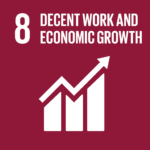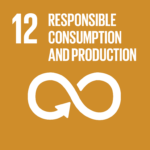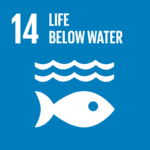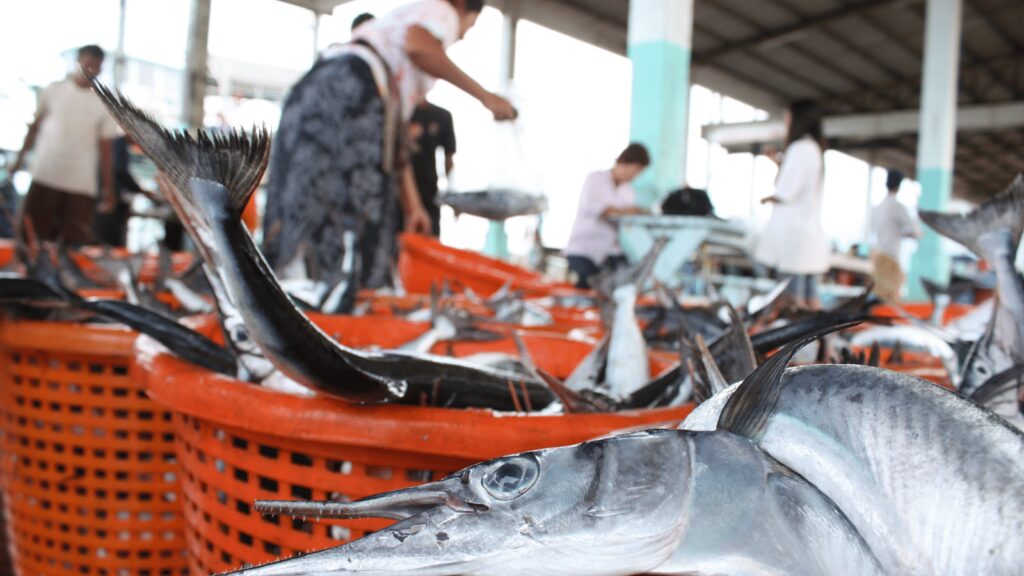Despite warnings of overfishing for decades, the Southeast Asia region has a 3.6 times higher ratio of underfished marine stocks as compared with the global estimate, primarily owing to the prevalence of artisanal or small-scale fisheries and nonselective fisheries, which are supported by high biodiversity.
BANGKOK, THAILAND — Despite decades of dire warnings about the collapse of marine ecosystems, Southeast Asia’s fisheries are showing unexpected strength. A new study published in Fisheries Science reveals that 43 percent of marine fish stocks in the region are underfished—3.6 times the global average—suggesting that the region’s complex, biodiversity-rich waters are faring better than much of the world.
RELEVANT SUSTAINABLE GOALS




A Global Outlier in Marine Abundance
The study, based on 105 resource assessments conducted between 2018 and 2022, challenges conventional narratives of inevitable overexploitation. By analyzing pelagic species, neritic tuna, and demersal fish across the Indian and Pacific Oceans, researchers found that 43 percent of stocks were underfished, compared to the global average of just 11.8 percent. In comparison, only 33 percent were overfished, versus the global average of 37.7 percent.
“Fishery resources in Southeast Asia are still abundant,” said lead author Takashi Fritz Matsuishi, a fisheries science professor at Hokkaido University in Japan. “These claims have not always been based on comprehensive, quantitative assessments until now.”
Small-Scale Fishers, Big Impact
The study credits the region’s resilience in part to its reliance on small-scale, artisanal fisheries. These operations tend to use multispecies, nonselective fishing methods that are more ecosystem-friendly than industrial approaches.
“This is a unique path toward sustainability,” said Suttinee Limthammahisorn, secretary-general of the Southeast Asian Fisheries Development Center (SEAFDEC). “Co-management between governments and local communities is proving to be highly effective.”
Limthammahisorn emphasized the region’s diversity as key to its strength, stating that broad assessments incorporating mixed-species models better reflect ecosystem health than traditional single-species stock assessments.
A Region Rich in Biodiversity—and Responsibility
Southeast Asia encompasses more than 3.5 million square kilometers of continental shelf and nearly 9.5 million km² of exclusive economic zones. Home to coral reefs, mangroves, and seagrass beds, its waters are some of the most biodiverse on Earth.
By 2022, the region’s capture fisheries output reached 18 million metric tons—19 percent of global production. Indonesia, Vietnam, and Myanmar are among the top contributors.
The study also found that 9.4 million people—1.4 percent of Southeast Asia’s population—are engaged in fisheries, over three times the global average. Meanwhile, seafood consumption is the world’s highest at 37.5 kg per person annually.
Matsuishi says the results are a counterweight to media narratives of doom. “It is a misconception for fishers to feel guilty—thinking they are contributing to overfishing or harming the ecosystem,” he said.
While acknowledging real concerns—such as the 33 percent of stocks still considered overfished—researchers argue that the prevailing storyline fails to account for regional differences and progress made.
“The continued increase in production despite decades of warnings about depletion is noteworthy,” Limthammahisorn added.
Data Gaps and the Path Forward
Despite the good news, data limitations remain. The study notes underreporting is likely, especially in areas with many small-scale or part-time fishers. Limthammahisorn called for improved data collection and governance to close gaps that could skew policy.
Still, both researchers stressed the importance of strong national policies to keep fisheries sustainable. Matsuishi urged Southeast Asian nations to reject foreign joint ventures that could lead to overexploitation and to strengthen enforcement against illegal fishing.
“These resources must remain under local jurisdiction,” he said. “They are vital not only for today’s food security, but also for the long-term stability of the region’s ecosystems and economies.”
With 681 million people in the region and growing pressure on marine systems, the findings offer cautious optimism. Southeast Asia, the study argues, is uniquely positioned to lead the way in demonstrating that marine abundance and high production can coexist.
“Southeast Asian fisheries serve as a global model of sustainable fisheries,” Matsuishi concluded. “And it is vital that they remain healthy and resilient.”
You may also be interested in :
The World’s First Small-Scale Fisheries Impact Bond : A Financial Innovation for Ocean Conservation




